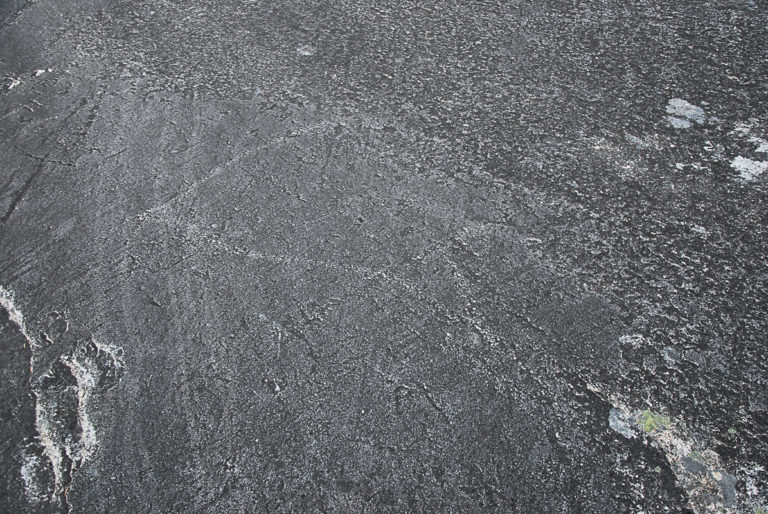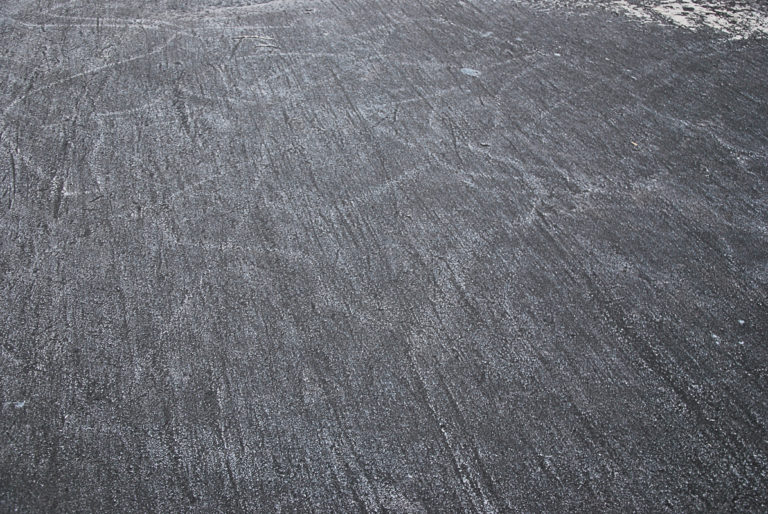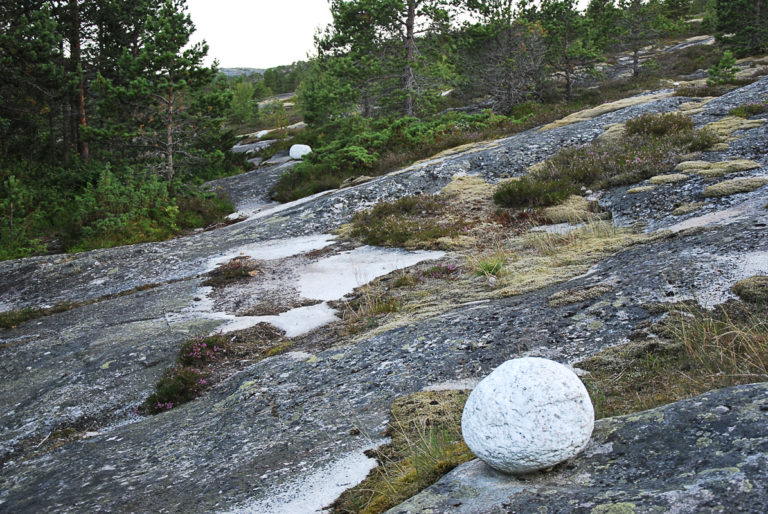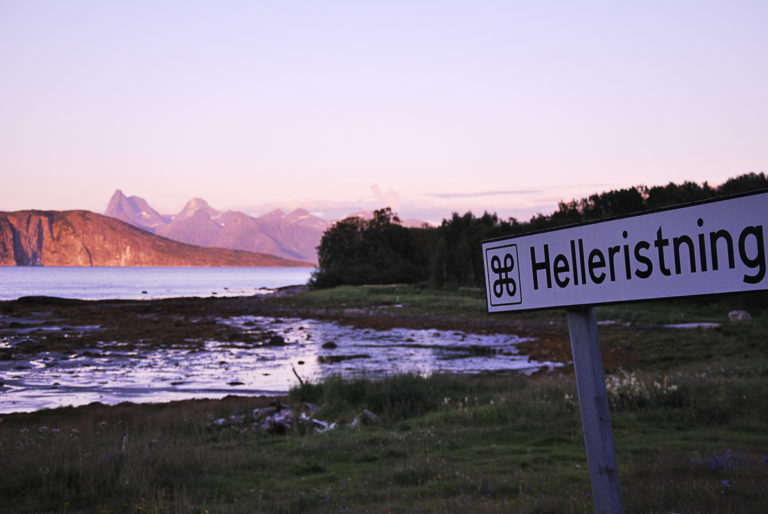A myriad of animal figures sketched in simple, elegant lines form a consecutive frieze on a smooth field of rock stretching down to the Tysfjord. It is the largest collection of the oldest type of rock art in Northern Norway; perhaps the people 9,000 years ago also thought the view of Mount Stetind was surreally beautiful?
Elk and reindeer. A bear. A killer whale in life-size. A hare. Two swans with parallel necks. All the prehistoric figures on “Dyreberget” (The Animal Rock) are sketched with a light, natural elegance, and it is easy to see what they represent. Drawn one on top of the other, with one overlapping the next, they form a consecutive frieze of animal figures running down a large, smooth field of dark granite.
Practical information about the rock carvings
Leiknes is a small hamlet situated along a small road from the ferry dock at Bognes on E6.
From E6, you will find a well-marked road to a parking lot. From here, it is a marked trail that you have to walk for a few minutes. The path is marked with white painted rocks, it is simple but easy to navigate. On the spot itself, there are informational signs telling you about the area.
Best in the evening light
The figures are not hewn out of the rock like most rock carvings, but polished. The thick, white outline that delineates each figure is not that easy to spot immediately. In the evening, when the sun is low and the light falls at a more oblique angle across the rock, they are however more easily visible.
Another landscape
Some 9,000 years ago, the landscape here in the outermost part of the Tysfjord was quite different. The waters of the fjord came much higher up, and the rock carvings were probably very close to the seasonal settlements, which again were down by the fjord’s edge. The deciduous forests and hayfields, which today we look down on from the rock where the carvings appear, emerged from the sea in the thousands of years after that. The majestic peaks on the other side of the Tysfjord, like the 1,392-metre (4,566 ft.) high Mount Stetind, were, however, there 9,000 years ago, when the carvings were made.
Why did they make animal figures?
In the area between the Arctic Circle and Narvik, there is a group of rock carvings that are polished, not hewn into the rock. They are all very ancient, up to 9,000 years old, and give the same true-to-life depiction of animals that we find at Leiknes. The other rock carvings that are otherwise found in large numbers in Northern Norway are hewn from the rock, not polished. They also have a rougher, more stylised appearance. The group we find in Northern Nordland are thus strikingly different. They may possibly represent a separate culture or ethnic group that was different from the rest of the local population.





